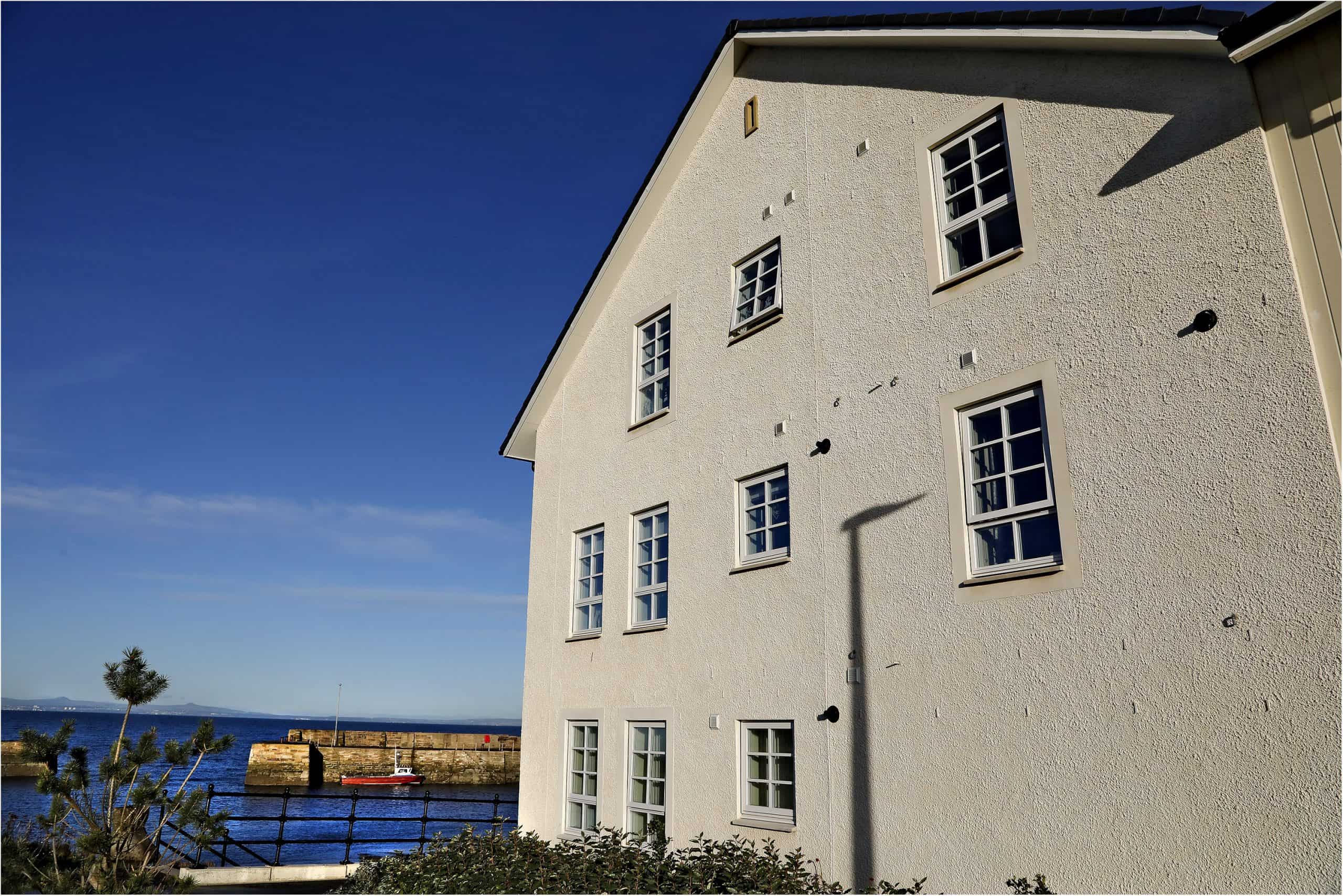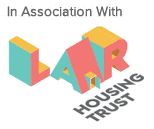In a time of economic strife it is easy to focus on numbers and there are a welter of statistics currently circulating highlighting the devastating impact of the cost of living crisis.
Inflation recently hit 9.1% and indeed the Office for National Statistics (ONS) has just warned that it could soon hit 11%. A sober warning indeed for the many families and businesses struggling to survive amid rising costs for fuel, energy and food.
There are of course a myriad of reasons for this, but behind all these facts and figures are human stories across all sectors of society, and the business community and housing is no exception. Indeed, it could be argued that housing is the barometer for gauging people’s general health and wellbeing.
Much discussion is currently taking place at a political level on the future of the rental sector and its multiple tenures and offerings. Indeed, MSPs have recently been debating rent freezes and controls, and strengthening tenants’ rights around evictions. This comes after the trumpeted launch of the Scottish Government’s Housing to 2040 strategy in March last year. There has been much global turmoil since and it would be interesting to know if that strategy would have looked any different if written today.
This is a hugely ambitious document and its aims are clearly laudable. There are a number of important initiatives, processes and plans to be set up and implemented in the coming years and many interested parties will no doubt contribute to the Rented Sector Strategy.
Increased focus on mid-market homes
One area that will increasingly come into focus is that of mid-market rental homes. The Government says it has broadened housing choices by increasing the provision of mid-market rentals, but that just accounts for 7,000 of the 100,000 affordable homes provided since 2007.
Mid-market homes are, in essence, there for those who neither qualify for social housing nor can afford private sector rents. One look at the statistics published by the Scottish Government in November last year highlights that this will be a growing demographic. Its report, Private Sector Rent Statistics 2010-2021, shows that rents in both Edinburgh and Glasgow, for a two-bed property, increased by over 41% in that period.
Providers of mid-market homes are there to fill the gap for people caught in the trap between social and private housing. If anything, the current situation brought about by the Covid crisis closely followed by the cost of living problems, will increase demand for such homes. Typically mid-market renters are in employment and vary in age, from those starting out in their first homes to those in retirement. Typically, mid-market rents will sit at 66% of the equivalent private sector rate in the Edinburgh area and 57% of the equivalent private sector rate in the Glasgow area, but even more crucially, they allow people to remain within their own communities rather than being forced to look elsewhere.
The mid-market sector will no doubt have an increasingly important role to play in the coming years across Scotland, and those who steer policy should bear that in mind as funding decisions are made going forward.












